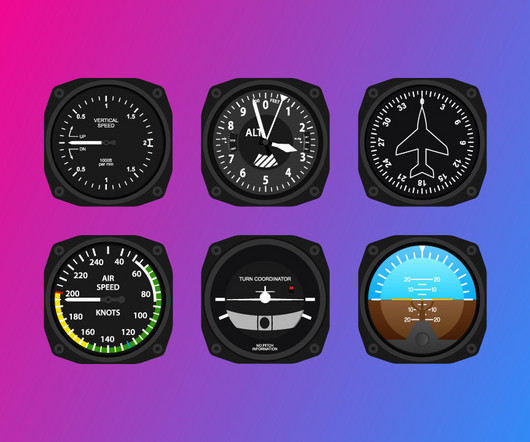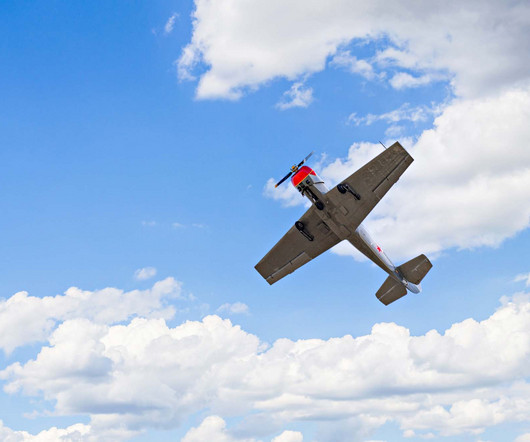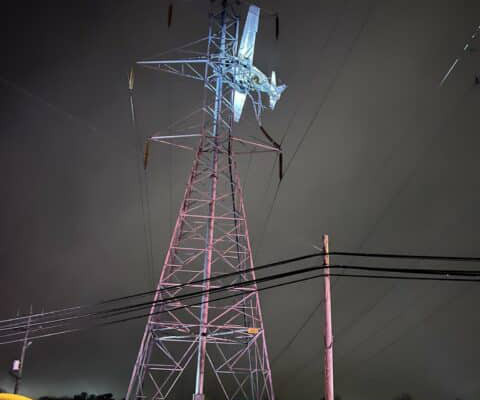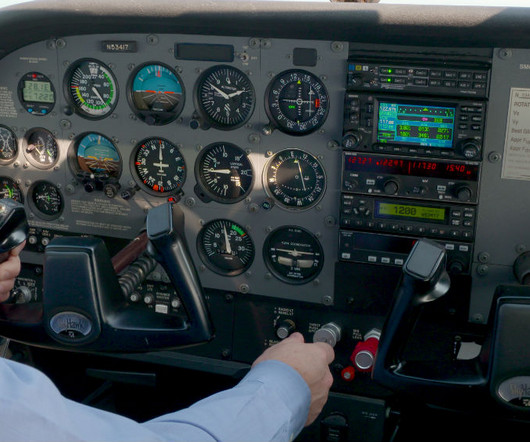Airspeed and Altitude Control Simplified: Tips for Stable Flying
Pilot Institute
NOVEMBER 16, 2024
Using the VSI and Altimeter for Stability The vertical speed indicator and altimeter are your best tools for maintaining a steady altitude. Although they each provide specific information, using them together will give you a better picture of your stability. In a climb or descent, this is just as true.


















Let's personalize your content